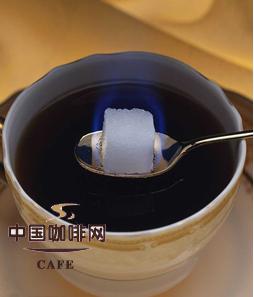What if excessive consumption of coffee for a long time will have adverse consequences?

In the case of long-term coffee intake, large doses of caffeine is a drug that can cause "caffeine poisoning". Symptoms of caffeine poisoning include addiction and a range of physical and psychological reactions, such as nervousness, irritability, anxiety, tremors, muscle convulsions (hyperreflexia), insomnia and palpitations. Most people take caffeine because of its stimulating effect, and many students take caffeine pills when preparing for exams and those on night shifts. Under the strict definition of addiction, only a gradual increase in dosage is addictive, and caffeine dependence is more appropriate. But under a widely accepted definition, all chronic behaviors that are difficult to get rid of are called addiction, so it can also be described as caffeine addiction. In addition, because caffeine can increase stomach acid, sustained high doses can lead to peptic ulcers, erosive esophagitis and gastroesophageal reflux disease. However, because both normal coffee and decaffeinated coffee stimulate the gastric mucosa and increase gastric acid secretion, caffeine may not be the only ingredient in coffee. The four caffeine-induced disorders verified by the Diagnostic and Statistical Manual of Mental Disorders include caffeine overexcitement, caffeine anxiety, caffeine sleep disorders and other caffeine-related disorders.
Important Notice :
前街咖啡 FrontStreet Coffee has moved to new addredd:
FrontStreet Coffee Address: 315,Donghua East Road,GuangZhou
Tel:020 38364473
- Prev

Is there too much caffeine in coffee?
Perhaps to fight against pesky sleepers, or just for that rich aroma, more than 80% of Americans depend on caffeine every day. There are two most common forms of caffeine in our lives, one is coffee, the other is tea. But many people are not sure which of these two substances contains more caffeine. Studies have shown that at the same weight, tea
- Next

Should the caffeine in coffee be made public?
In August 2008, Starbucks in the United States was accused of having too much caffeine in its coffee. Hong Kong Ming Pao sampled coffee from five coffee chains in the market. the results showed that a cup of ordinary medium cup instant coffee on the market had 150 to 200 milligrams of caffeine, of which Starbucks had the highest caffeine concentration. Office workers have three cups of refreshing in the morning, afternoon and evening, which has exceeded the maximum recommended by adults
Related
- Beginners will see the "Coffee pull flower" guide!
- What is the difference between ice blog purified milk and ordinary milk coffee?
- Why is the Philippines the largest producer of crops in Liberia?
- For coffee extraction, should the fine powder be retained?
- How does extracted espresso fill pressed powder? How much strength does it take to press the powder?
- How to make jasmine cold extract coffee? Is the jasmine + latte good?
- Will this little toy really make the coffee taste better? How does Lily Drip affect coffee extraction?
- Will the action of slapping the filter cup also affect coffee extraction?
- What's the difference between powder-to-water ratio and powder-to-liquid ratio?
- What is the Ethiopian local species? What does it have to do with Heirloom native species?

